There’s not much that can compete with the flavorful burst of a cherry tomato off the vine, especially if it’s a plant you’ve grown and nurtured yourself. The same applies to homegrown string beans, peppers, and kohlrabi. Then there’s the convenience: Walk out your back door and snip some basil for pesto, oregano to add to pasta, or chives to chop into your salad. Growing edible plants — even if it’s just one or two of them — is incredibly rewarding.
Whether you’re gardening on a high-rise balcony or on acres in the country, and whether you’re growing a single parsley plant or a multiple-row vegetable garden, you’ll need to consider the where, how, when, and what of your plantings.
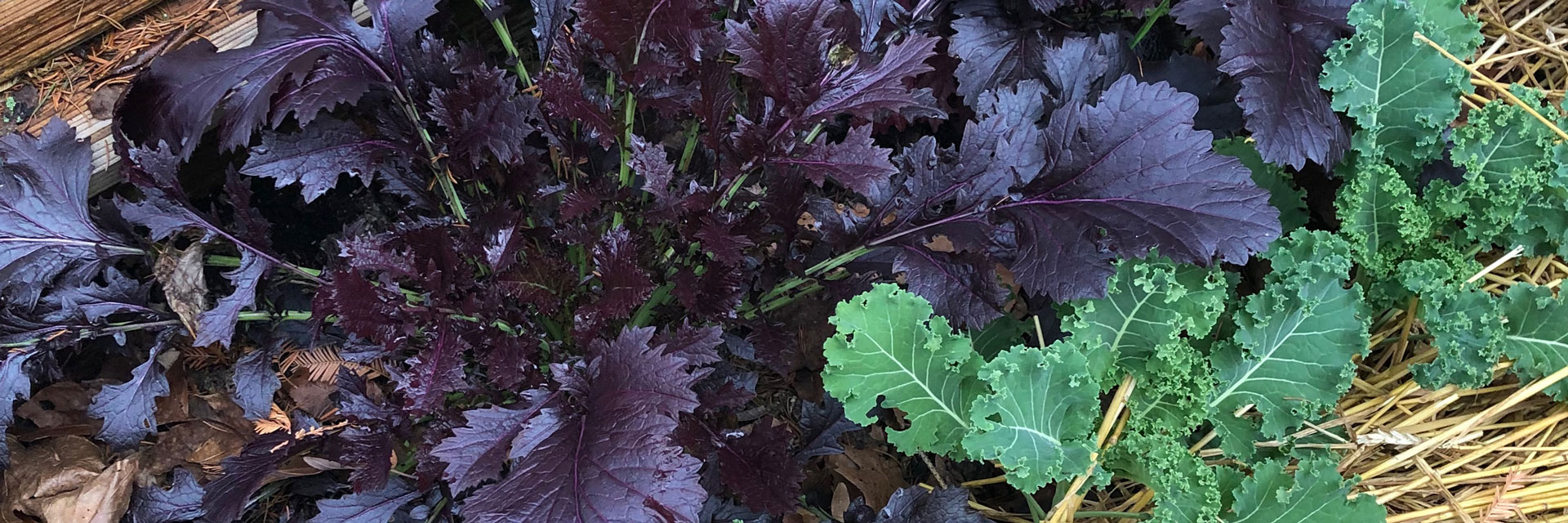
Start Small
It’s easy to get carried away — to dig up your entire lawn with visions of a quarter-acre vegetable garden. How about ten different types of tomatoes? We surely need four varieties of sweet peppers! It would be tragic to live a life without Italian parsley and curly parsley! Rutabagas?!
But then, before you know it, you can’t keep up with thinning the seedlings or watering the watermelon, tomatoes are rotting on the vine, and friends are ignoring your calls lest you continue to push your excess zucchini on them.
So, start with just a few plants. Do you love making pesto? How about mojitos? Do you make salads or stir fries in the summer? Let your habits and preferences guide your choices.
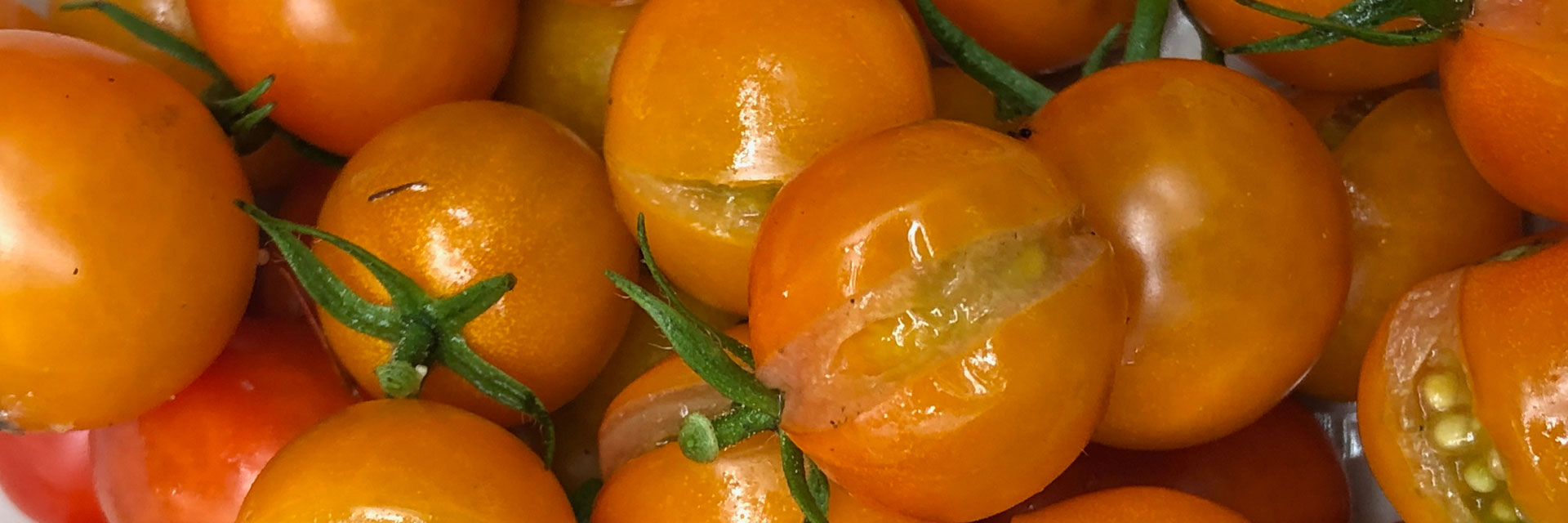
Pick a Spot
Whether you’re growing vegetables in pots, raised beds, or the ground, you’ll want your edible plants to be easy to reach from the kitchen. If you’re stirring a pot of tomato sauce or making a curry, running out to grab a pinch of basil or cilantro while the pot is simmering on the stove shouldn’t take more than a few seconds.
You can choose a designated vegetable plot or container, or you can go for an integrated garden: a few basil plants tucked in with a couple of marigolds in a pot, a tomato caged behind a row of petunias, some chives in a pot with your flowering vinca, and a cucumber on a trellis next to a clematis.
Raised beds and containers are great for accessibility of planting, weeding, and harvesting since less bending over is required. These raised planting areas also improve ease of adding soil nutrients and fertilizers.
Most vegetables and herbs need as much sun as they can get. Vegetables tend to need more supplemental water than ornamental plants, so placing those plants close to the spigot and/or hose makes sense, too.
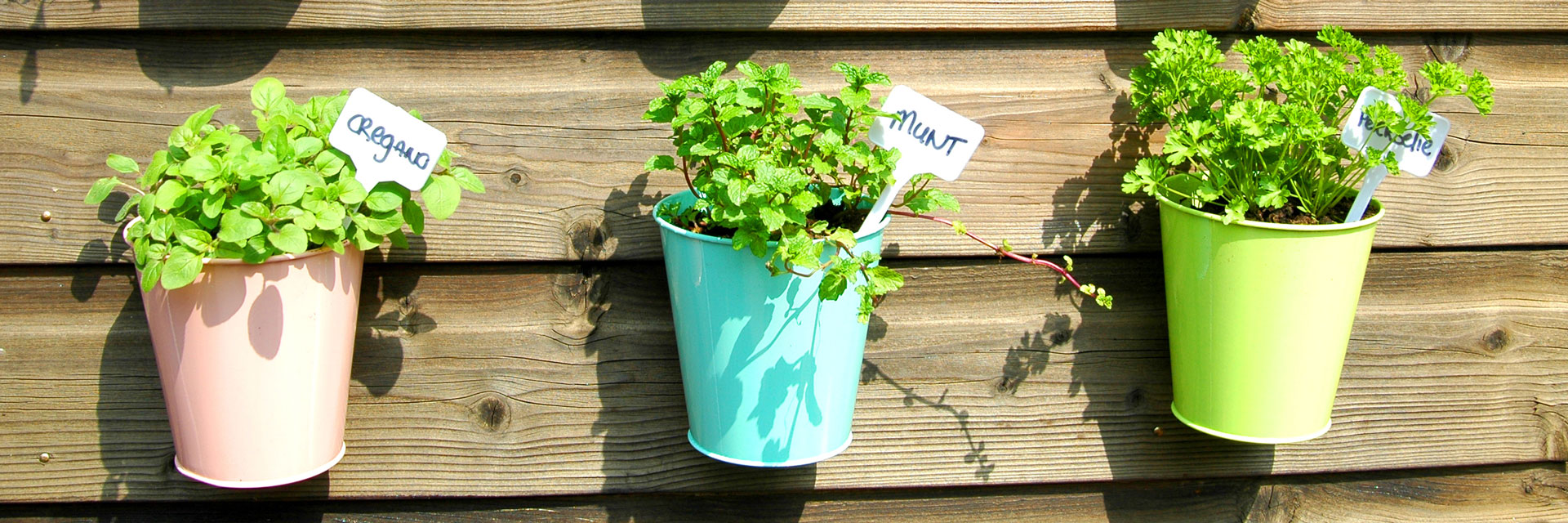
Crop Choice
If you don’t cook much in the summer, but like to eat big, bountiful salads for lunch, you might choose plants that can be eaten out of hand. Cherry tomatoes, sweet red peppers, peas, beans, salad greens, and cucumbers are all extra special when they’re super fresh.
If that feels too ambitious for you, herbs are a perfect place to start. They’re easy, pretty, and they don’t take up much space. Many are perennial, most are fragrant, and they’re super useful for creating tasty dishes.
Tip: Cool Weather & Warm Weather Crops. Some plants prefer cooler weather while others need the heat of summer to fully ripen.
Early/late (cool weather): Spinach, lettuce, kale, chard, peas, carrots, radishes, broccoli, and cauliflower. An added benefit, while most vegetables do best in full sun, some early vegetables and leafy greens will tolerate part shade.
Mid (warm weather): Tomatoes, cucumbers, peppers, eggplant, squash.
If space allows, choose one — or several! — fruit trees. They not only generate delicious produce but are lovely trees. For example, serviceberry (Amelanchier sp.) has white flowers in spring, produces blueberry-like small fruit that are delicious in baked goods or eaten raw, and their foliage turns brilliant shades of yellow, orange and red in autumn. Cherry trees have beautiful blooms in spring, as do peaches, plums and apple trees.
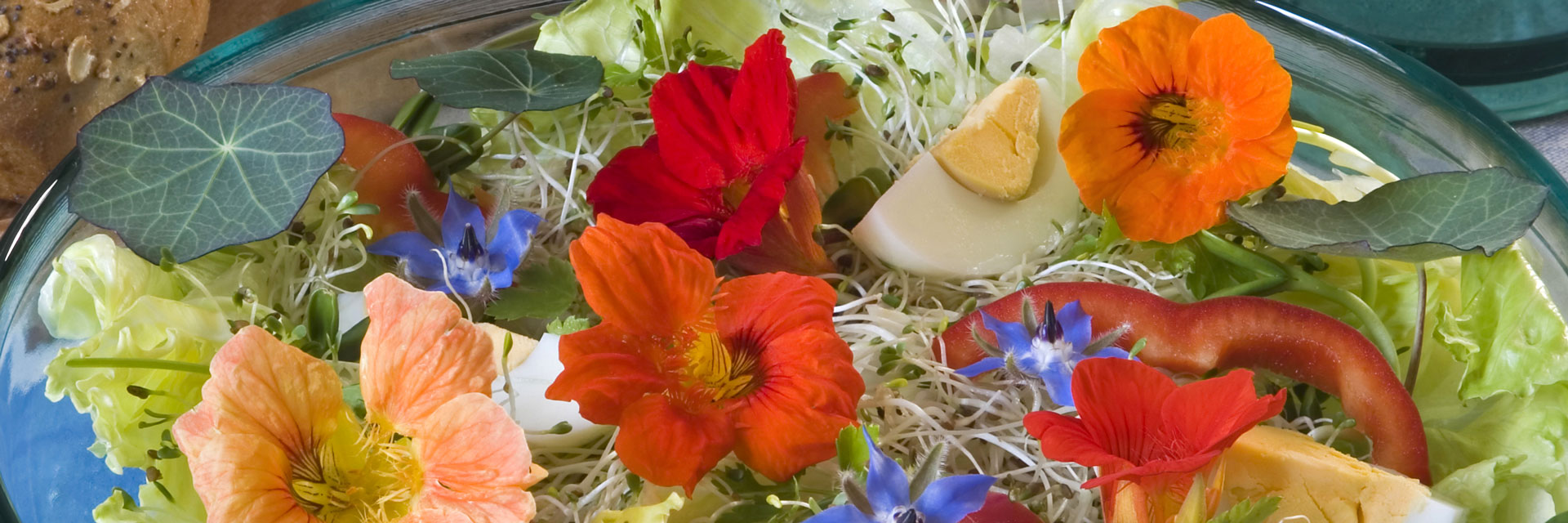
Edible Flowers, Edible Weeds
There’s no better way to make salads more beautiful — and surprising — than to add edible flowers to the top.
Nasturtiums are one of the loveliest edible flowers, and they’re easy to grow. Not only are their flowers edible, but their leaves are, too, with a wonderful peppery zing. They tend to do best in cooler weather and a sunny location, and their flowers come in lovely shades of yellow, orange and red.
Violas and pansies are abundant and available in spring and fall, and come in a rainbow of colors. Some of the best edible flowers will come from your herb garden: basil, chives, cilantro, lavender, and sage flowers all taste delicious.
While we’re on the topic of edible flowers, let’s talk about edible weeds. There are some common garden weeds that are not only abundant, but nutritious and tasty. This includes chickweed, lambs quarters, dandelion greens, and purslane.
Using edible weeds, whether in a salad or a sauté — from the same very garden that produced tomatoes and swiss chard — increases your plot’s productivity, nutritional value, and sustainability. Plus, it’s fun to tell dinner guests that they’re eating weeds.
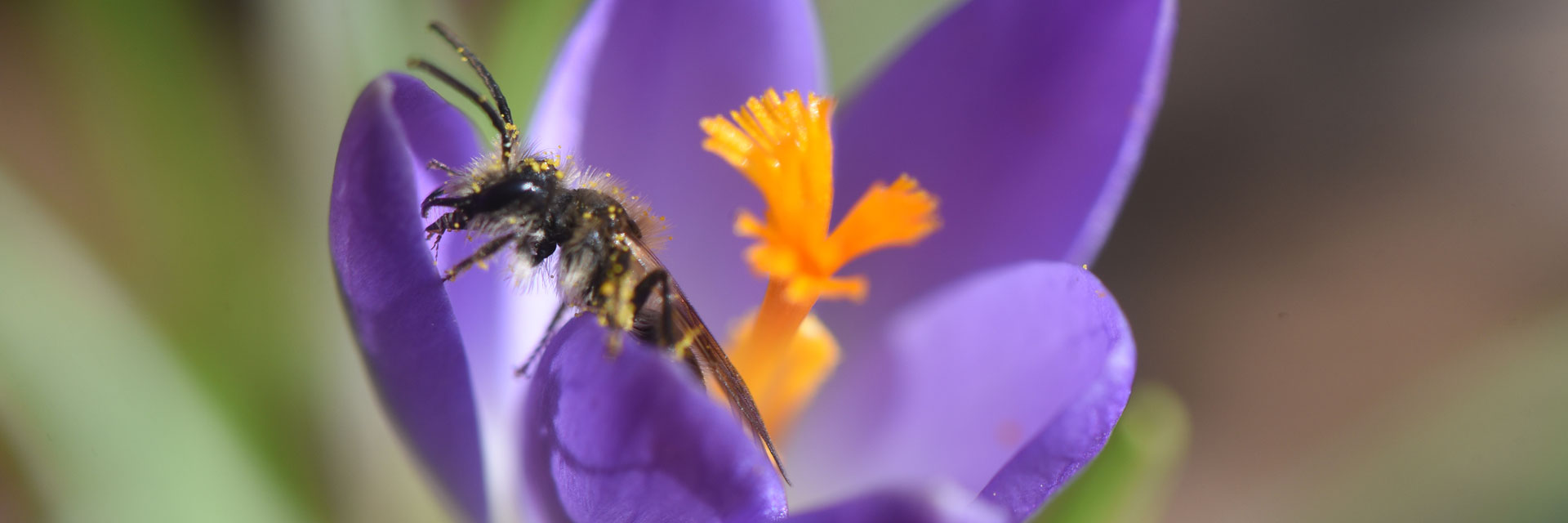
Of Pests and Pollinators
Most of us know the importance of pollinators for growing food crops. You’ll get the best results by attracting beneficial insects. Creating a balanced, harmonious ecosystem will give you the most productive and healthy garden.
Adding flowers to your vegetable garden — or planting edibles alongside ornamentals — will attract the pollinators that your vegetables rely on. In addition, marigolds are reputed to keep pests away, as are zonal geraniums (pelargonium) and sage. The science backing up these claims is indeterminate, but they’re colorful and pretty, so why not give it a try?
Tip: Attract butterflies! Consider allowing some parsley, dill, or fennel to flower specifically to feed black swallowtail caterpillars, which rely on these host plants for survival.
While gardening for pollinators and encouraging beneficial insects, you probably won’t want most mammals in your garden. A hungry bunny can chew your lettuce, beans, and a whole host of other plants right down to the ground. This is certainly true of deer, as well. Squirrels will swipe your tomatoes the day before harvesting. Each requires a different deterrence strategy.
If deer are an issue, you’ll need serious defenses, generally a fence at least 6-7 feet high — deer are good jumpers. Other things to try include, predator urine — check your local garden center; if they don’t carry it, they can probably order it — or high frequency sound emitters that are unsettling to deer. Most humans won’t hear the sound.
Tip: Vertical gardening. Growing plants vertically, whether using cages, trellises or even wall planters saves space and increases sun exposure while decreasing exposure to pathogens and insects living in the soil. Some plants that you can grow vertically include tomatoes, cucumbers, sweet peas, and squash.
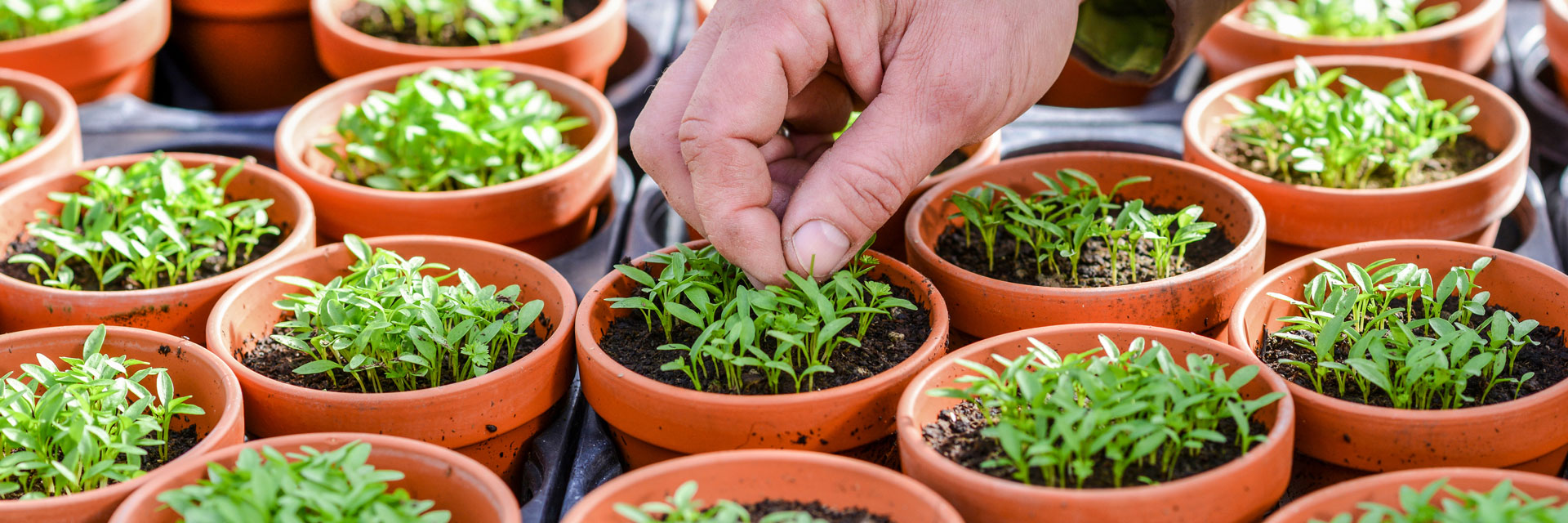
Shopping Spree
Your local nursery will likely have both seeds and small plants to purchase. Some local arboreta, botanical gardens, community gardens, schools, and churches host spring plant sales (often on Mother’s Day) as fundraisers.
If you want anything unusual or specific, nurseries can often special order for you.
In addition, there are many PA-based mail-order seed companies happy to send you catalogs to whet your spring planting appetite.
If a neighbor gardener grows edibles, engage them in conversation — they might offer you some (free!) mint, chives or other spreading, perennial plants.
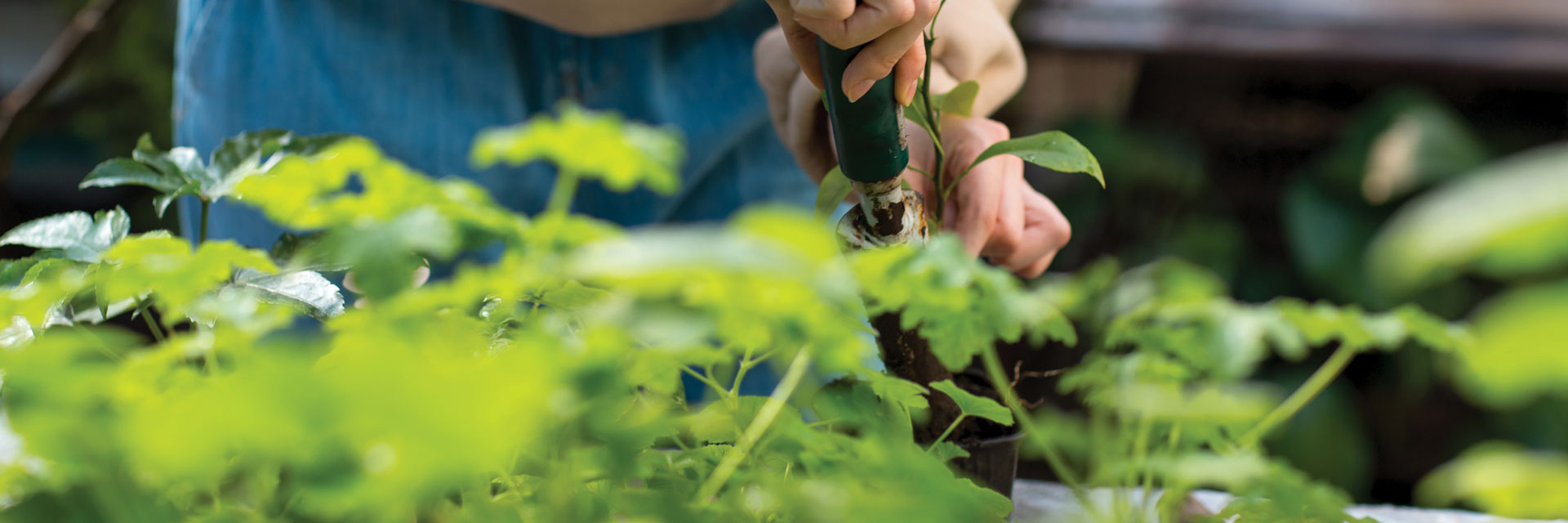
The Reward is in the Doing
As with ornamental gardening, growing food is a learning process. You will inevitably make mistakes as you go and learn from those setbacks. Start small, nourish your soil, get good plants and seeds, talk to other gardeners, and, over time, you will familiarize yourself with your specific conditions and the plants will thrive.

Carrie Borgenicht runs Earthly Delights, a small gardening company in Philadelphia. Each year, she proves, once again, that more plants can fit into a city garden than even she could have imagined. This is the first in a series of stories about inspired gardening at home.

